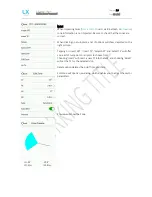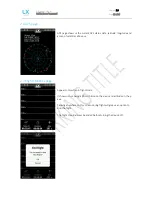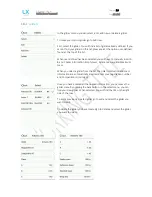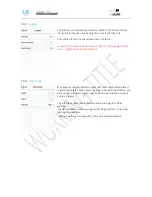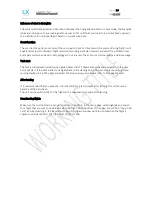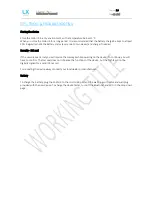
Document Name:
Colibri X user’s manual
Version:
1.0
Page 30 of 34
PART THREE – FLYING WITH COLIBRI X
To get the best out of the Colibri X, it is important that some preparation is done prior to the flight – trying
to configure the instrument or set up a task while flying the glider may spoil your whole day! Pre-flight
preparation will ensure that the flight will be both successful and enjoyable.
Flight preparation on the ground
- Check if you have desired TP, APT and Airspace database uploaded.
- Prepare a task.
- Check pilot information (this information is written into the flight declaration)
- Check logger settings
Before take off
- Switch the unit ON at least 3 minutes before take-off (this will ensure sufficient GPS reception and will
create a baseline of the baro trace).
- Select correct glider and elevation on initial setup.
- Check if the task is correct using the Task setup menu.
- During the take-off, the task will automatically be declared in the flight recorder.
During flight
The Colibri X hardware and software concept is so well optimized that the pilot doesn’t have to spend too
much time operating the unit during flight.
A helpful indication that the unit has changed to the flying mode is the appearance of statistics page.
Set QNH
The pilot should input actual QNH value for the airfield he or she is to take-off from. This action should be
carried out on the ground, prior to take-off. It is very important to do it correctly and accurately.
Wind calculation
Colibri X measures wind using two different methods. Wind calculation results are shown on the main vario
and navigation pages. Colibri X will switch between straight and circling mode automatically and wind
history will be included in the new measurements.
Circling
Wind calculation is based on ground speed (GS) variations due to wind influence during circling. The method
is exclusively active during climbs. The process starts automatically once circling is detected. The calculation
is based on the fact that the ground speed is affected by wind. GS is at a maximum with a tailwind and
minimum with a headwind. This GS difference is used to calculate the wind.
Straight flight
During the straight flight, the wind is calculated using an iterative method that is based on IAS, GS and TRK
measurements.
Summary of Contents for Colibri X
Page 1: ......


